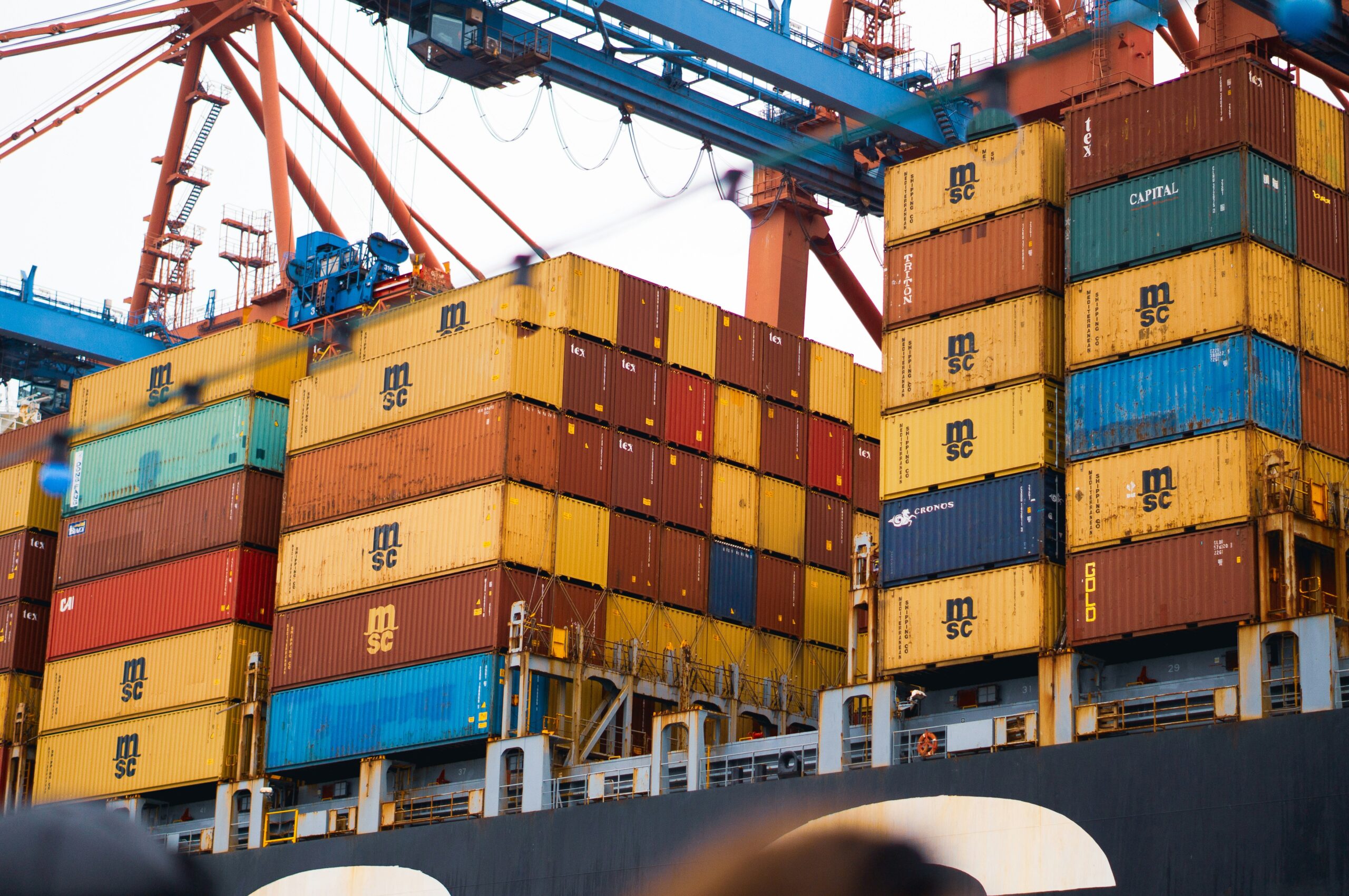In 2021, the Republic of Maldives, a South Asian island country in the Indian Ocean, sent goods worth $151.6 million all over the world. From $199.3 million in 2017, this dollar is a -24% drop. In 2020, it exported goods worth $162.6 million, which was 6.8% less than in 2019. Its three most valuable exports are frozen whole fish, fish that has been preserved or prepared, like caviar, and fish fillets and pieces. In 2021, these three big exports made up 85.3% of the country’s total export sales.

Major trading partners of Maldives
The most recent country-specific data shows Thailand (46.3% of Maldives’ global total), Germany (11.5%), and the United Kingdom (6.9%). Meanwhile, France (4.1%), India (3.9%), Japan (3.6%), Switzerland (1.78%), and Bangladesh (1.78%) bought 90.5% of the value of Maldives’ exports.
From a continental point of view, 61.4% of the value of Maldives’ exports went to Asian countries, while 30.9% went to European countries. Africa got 3.21 percent, North America got 3.19 percent, Latin America and the Caribbean got 1.35 percent, with Costa Rica, Ecuador, and Colombia getting the most. Oceania got 0.001 percent. According to the International Monetary Fund, Maldives has a population of 384,000 people. Its total exports in 2021 will be worth $151.6 million, which is about $400 for each person who lives there. This number is much lower than the average of $600 per person in 2020, which is one year earlier.
Top exports in Maldives
At the 2-digit Harmonized Tariff System (HTS) code level, the following export product groups will have the highest dollar value for Maldivian shipments to the rest of the world in 2021. Also shown is the percentage of total exports from this country that each type of export makes up:
- (71.8% of all exports) Fish: US$108.8 million.
- Preparations of meat and seafood: $32.5 million (21.4%).
- Iron, steel: $5.2 million (3.5%).
- Animal feed made from food industry waste: $3.3 million (2.2%).
- Copper: $790,000 (0.5%).
- Salt, sulfur, stone, cement: $271,000 (0.2%).
- Aluminum: $244,000 (0.2%).
- Oil and other mineral fuels: $90,000 (0.1%).
- Plastics, plastic articles: $85,000 (0.1%).
- Glass: $77,000 (0.1%).
Products that make the Maldives trade surpluses the best
The following types of Maldivian product shipments show the country’s trade balance surplus or positive net exports. Investopedia says that a country’s net exports are the total value of its exports minus the total value of its imports. In a nutshell, net exports are the difference between how much foreigners spend on a country’s goods and services and how much that country spends on goods and services from other countries:
- Fish: $84.2 million (-22.1% less than in 2020).
- Meat/seafood preparations: $22.6 million (Down by -24.2%).
- Waste from the food industry and animal feed: $2.3 million (down 1.5%).
It posted highly positive net exports in the international trade of fish and related products. In turn, these cashflows show that it has substantial competitive advantages when it comes to fish, which was one of only three categories where it had a product surplus.
Maldivian export companies
There isn’t a single Maldivian business on the Forbes Global 2000 list.
Some of the lists of businesses that have something to do with international trade are shown in the list below.
- The Bank of Maldives Plc (branch bank).
- Dhiraagu is a Maldivian word for communications. It is part of Island Aviation Services (airliner)
- Ooredoo Maldives (mobile phone operator).
- Raajjé Online (internet service provider).
In terms of the Maldives’ economy as a whole, the goods it exports make up 1.5% of its Gross Domestic Product for 2021. In 2020, exports made up 3% of the GDP as a whole. In 2021, they made up only 1.5%. Even though it’s only been a short time, these percentages show that the Maldives’ overall economic performance depends less and less on products sold on international markets. The unemployment rate is another important measure of a country’s financial health. Trading Economics says that the average unemployment rate for 2024 will be 6.2%, down from an average of 6.4% in 2022.



